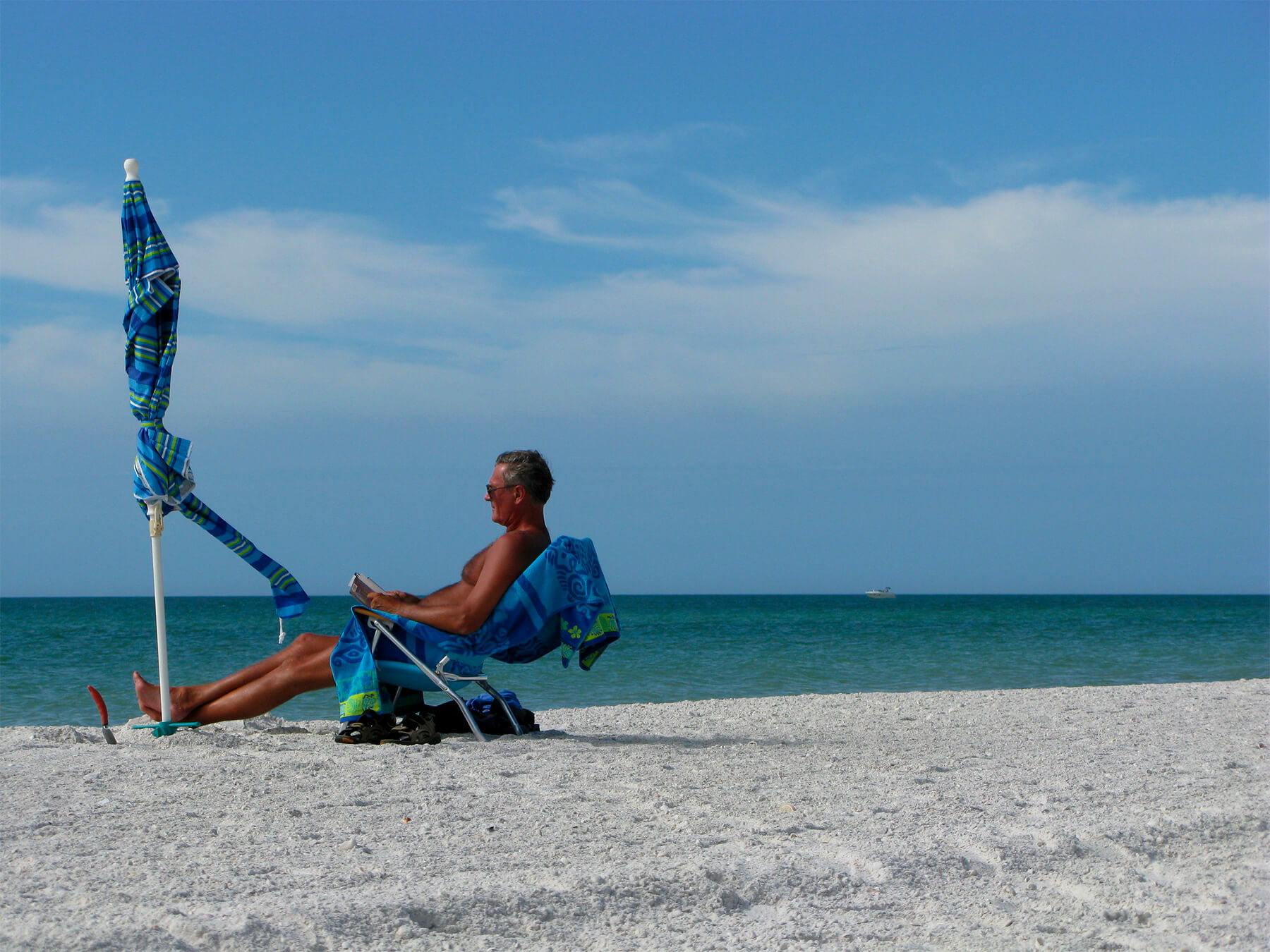 Are they isolated events or a trend? Extraordinary heat waves – extremes in high temperature and humidity – may be the norm rather than the exception this year as weather maps display the bright orange that signals the arrival of yet another round of very hot weather. For rosacea patients especially, these are reminders to take cover from the effects of the sun. Fortunately, in a recent National Rosacea Society (NRS) survey, patients said they frequently used sun protection and are vigilant about protecting their skin.
Are they isolated events or a trend? Extraordinary heat waves – extremes in high temperature and humidity – may be the norm rather than the exception this year as weather maps display the bright orange that signals the arrival of yet another round of very hot weather. For rosacea patients especially, these are reminders to take cover from the effects of the sun. Fortunately, in a recent National Rosacea Society (NRS) survey, patients said they frequently used sun protection and are vigilant about protecting their skin.
“It’s basic but very important – sun protection is a must for everyone at any time of year, but individuals with rosacea may be particularly at risk,” said Dr. Zoe Draelos of Dermatology Consulting Services. In addition to its usual hazards – from early aging to skin cancer – exposure to ultraviolet radiation in rosacea patients is a top trigger for flare-ups, she noted.
In the recent NRS survey of 540 rosacea patients, nearly all respondents (98%) reported taking measures against sun exposure. Of those, 85% reported using various types of sunscreens, with 11% using a chemical-based formulation, 42% using a physical sun block containing zinc or titanium dioxide and 16% with protection that uses both. Only 9% of respondents said they used Sun Protection Factor (SPF) 15 sunscreen, the minimum recommended level of protection for rosacea; most used an SPF of 30 to 50 or more, and 17% used products with greater than SPF 50 protection. Seventy-eight percent reported using a brand with broad-spectrum action against both UVA and UVB rays.
There are many effective ways to avoid skin damage, but they require planning and forethought, Dr. Draelos said. For example, not all sunscreens protect against both types of rays, she noted – the UVA rays age skin and the UVB rays burn it – but those containing a physical block and an SPF of at least 15 will be effective. However, she warned that using the sun block only once was not enough.
“Patients may feel well protected, especially if the SPF is very high, but a single application won’t last the whole day,” she said. Individuals should remember to apply at least 30 minutes before going out and reapply every two hours, especially if swimming. In the survey, just 38% reported doing so always, with 40% reapplying only sometimes.
Other ways to protect against the sun include simple avoidance, Dr. Draelos noted. For example, 74% and 67% of respondents wore sunglasses or stayed in shaded areas, respectively, and 54% wore a broad-brimmed hat. Others stayed inside at midday or wore long-sleeved shirts and pants.
While it may be tempting to skip a day, it’s important not to rationalize a refusal to use sun protection, Dr. Draelos noted. For example, those with skin that is irritated by sunscreen might want to try a mineral-based powder sunscreen, or one containing a moisturizer or a skin protectant such as dimethicone.
“Recent scientific research shows that therapy that keeps rosacea’s signs and symptoms at bay may inhibit progression as well as keep a clear face by avoiding flare-ups,” she said. “Being proactive about sun protection as well just makes sense.”